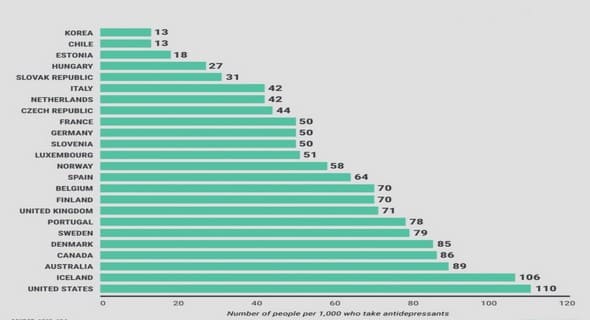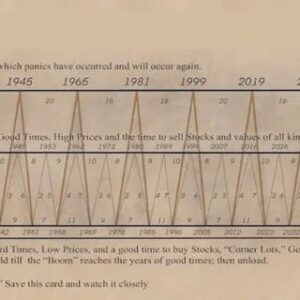(Downloads - 0)
For more info about our services contact : help@bestpfe.com
Table of contents
1 Preface
1.1 Exactness of constructions
1.2 The role of machines
1.3 Schema of the work
2 Historical introduction
2.1 Geometric constructions in Classical and Hellenic period
2.1.1 Compass and straightedge constructions
2.1.2 Neusis constructions
2.2 Geometric exactness in the early modern period
2.2.1 Bos’s perspective
2.2.2 Defining the exactness problem
2.2.3 Analysis and synthesis in La Géométrie
2.2.4 Cartesian canon of constructions
2.3 Beyond Cartesian tools
2.3.1 A brief history of Tractional motion
2.3.2 Leibniz’s criticism of Descartes
2.3.3 Vincenzo Riccati’s theory of geometric integration
2.3.4 Changes of paradigm: Geometry, algebra, use of infinity
2.3.5 A note on computation
3 From Euclid to Descartes
3.1 Mathematical modeling: A behavioral approach
3.1.1 The universum and the behavior
3.1.2 Behavioral equations
3.1.3 Manifest and latent variables
3.2 Classical machines
3.2.1 Primitive objects of Euclid’s geometry
3.2.2 Components of classical machines
3.2.3 Construction rules for classical machines
3.2.4 Characterizing ruler and compass constructions
3.2.5 Defining equivalence between classical machines
3.2.6 The role of the cart in classical machines
3.3 Algebraic machines
3.3.1 Extending classical machines: Neusis constructions
3.3.2 Machine-based approach
3.3.3 Behavioral approach for algebraic machines
3.3.4 Arithmetic operations with algebraic machines
3.3.5 Real algebraic geometry background
3.3.6 The full behavior is a real algebraic set
3.3.7 Any real semi-algebraic set is an external behavior
3.3.8 Equality between algebraic machines
3.4 Notes on other algebraic constructions
3.4.1 Machines with strings
3.4.2 Curves constructed as ruler-and-compass loci
3.4.3 The role of the cart in algebraic machines
4 Differential machines
4.1 Machines beyond algebraic ones
4.1.1 Tangent problems for algebraic curves
4.1.2 Dynamical slope field with algebraic machines
4.1.3 Tractional extension of machines
4.1.4 Defining differential machines
4.2 Setting differential machines
4.2.1 Definition of the universum
4.2.2 Full behavior as solution of differential polynomial systems
4.2.3 Differential systems are solved by differential machines
4.2.4 First example and note on “independentization”
4.2.5 Note on initial conditions
4.2.6 Role of the cart in differential machines
4.3 Analytical tools
4.3.1 Brief history of differential algebra
4.3.2 Differential algebra
4.3.3 Differential elimination
4.3.4 Solved and unsolved problems
4.4 Problem solving
4.4.1 The example of the cycloid
4.4.2 External behaviors and constructible functions
4.4.3 Equivalence between differential machines
4.4.4 Differential machines equivalent to algebraic ones
4.4.5 Conclusive notes
5 Complex machines
5.1 Solving complex problems
5.1.1 Complex functions representation
5.1.2 From real to complex differential polynomials
5.1.3 Some remarks
5.1.4 A machine for the complex exponential
5.2 Some properties of the pivot point
5.2.1 Introduction of the pivot point
5.2.2 Tangents at output points in function of the pivot
5.2.3 Planar kinematics
6 Differential machines as physical devices
6.1 Differential machines and integraphs
6.1.1 Integraphs with only straight components
6.1.2 Integraphs with curved guide
6.1.3 Integraphs with curved ruler
6.1.4 Integraphs respecting tangent conditions
6.2 The logarithmic compass
6.2.1 Introducing the device
6.2.2 Logarithmic compass extend ruler and compass
6.2.3 Applications to two classical problems
6.2.4 Open questions
6.3 Applications in math education
6.3.1 Re-structuration of calculus
6.3.2 Artifacts in math education
6.3.3 The tangentograph
6.3.4 A new concrete differential machine
7 Conclusions and future perspectives
7.1 Balance between machines, algebra and geometry
7.1.1 A conservative extension of Descartes’s canon
7.1.2 A new dualism beyond polynomial algebra
7.1.3 Beyond differential machines
7.2 Foundational reflections on calculus
7.2.1 Cognitive approach
7.2.2 Computational approach
7.2.3 Toward a definition of exactness
7.3 Open problems and perspectives
Bibliography


